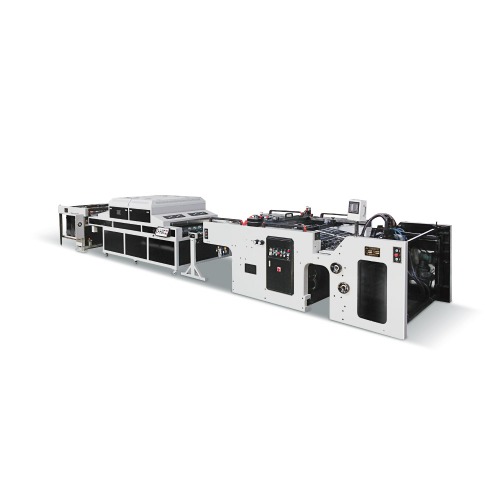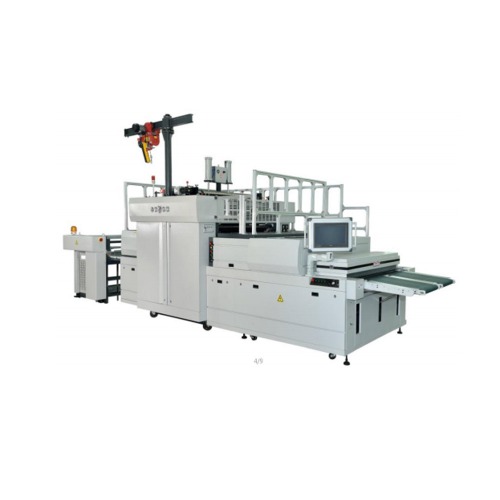- Home
- About Us
- Products
- Automatic Paper Embossing Machine
- Die Cutting Embossing Machine
- Foil Stamping Embossing Machine
- Screen Printing Machine
- Cardboard Laminating Machine
- Positioning Sheet Cutting Machine
- Hologram Laser Embossing Machine
- Screen Complete Printing Equipment
- H1000/H1500 Frame Making Machine
- 1100PM Plate Baking Machine
- EX1215/EX1518 Screen Exposure Machine
- MX1214/MX1518 Manual Screen Stretching Machine
- SFL-3F Compressed Air Dryer Machine
- EX1150 Vacuum Exposure Machine
- G1200 Manual Squeegee Grinding Machine
- E1300 Laser Engraving & Etching Machine
- UV3500R UV Dryer Machine
- Printing Material
- News Center
- Faq
- Contact Us
Web Menu
- Home
- About Us
- Products
- Automatic Paper Embossing Machine
- Die Cutting Embossing Machine
- Foil Stamping Embossing Machine
- Screen Printing Machine
- Cardboard Laminating Machine
- Positioning Sheet Cutting Machine
- Hologram Laser Embossing Machine
- Screen Complete Printing Equipment
- H1000/H1500 Frame Making Machine
- 1100PM Plate Baking Machine
- EX1215/EX1518 Screen Exposure Machine
- MX1214/MX1518 Manual Screen Stretching Machine
- SFL-3F Compressed Air Dryer Machine
- EX1150 Vacuum Exposure Machine
- G1200 Manual Squeegee Grinding Machine
- E1300 Laser Engraving & Etching Machine
- UV3500R UV Dryer Machine
- Printing Material
- News Center
- Faq
- Contact Us
Product Search
Exit Menu
News Center
Home / News Center

2025 02 20
What Advantages Do Foil Stamping Embossing Machines Offer to Modern Printing and Packaging Solutions?

2025 02 11
How do modern screen printing machines ensure accurate registration of multiple colors during multi-color prints?

2025 02 05
How does the foil stamping embossing machine handle multiple foils or multiple embossing steps?

2025 02 01
How can die cutting embossing machines be customized to handle multi-layered materials?

2025 01 21
How can die cutting embossing machines be optimized to handle both rigid and flexible materials?

2025 01 17
How do temperature control and pressing systems in a cardboard laminating machine influence the overall lamination process?
Didn't Find A Product That Suits You?
Contact us for the latest news.
QUICK LINKS
PRODUCT CENTER
Contact Us
-

+86 13738772345
-

13738772345@163.com
-

+86-577-68100881
-

+86-577-68100882
-

No. 11 Haifeng Road, Longgang City, Wenzhou City, Zhejiang Province, China


 中文简体
中文简体 Español
Español
